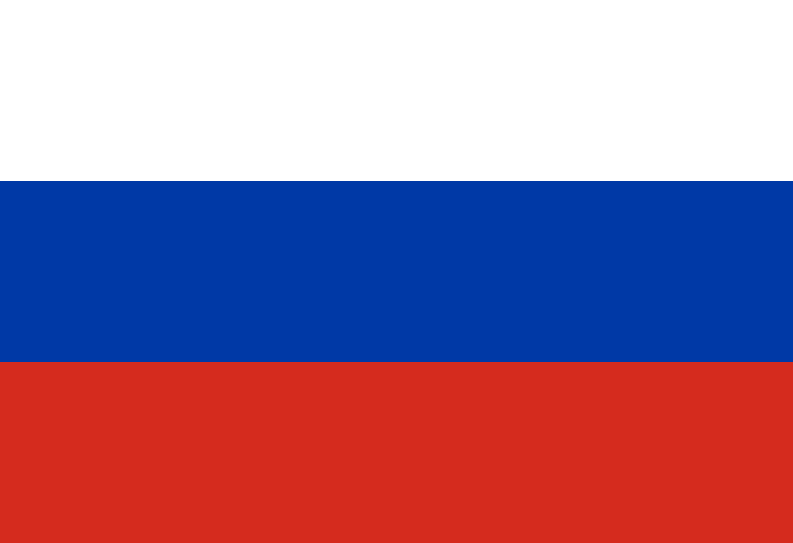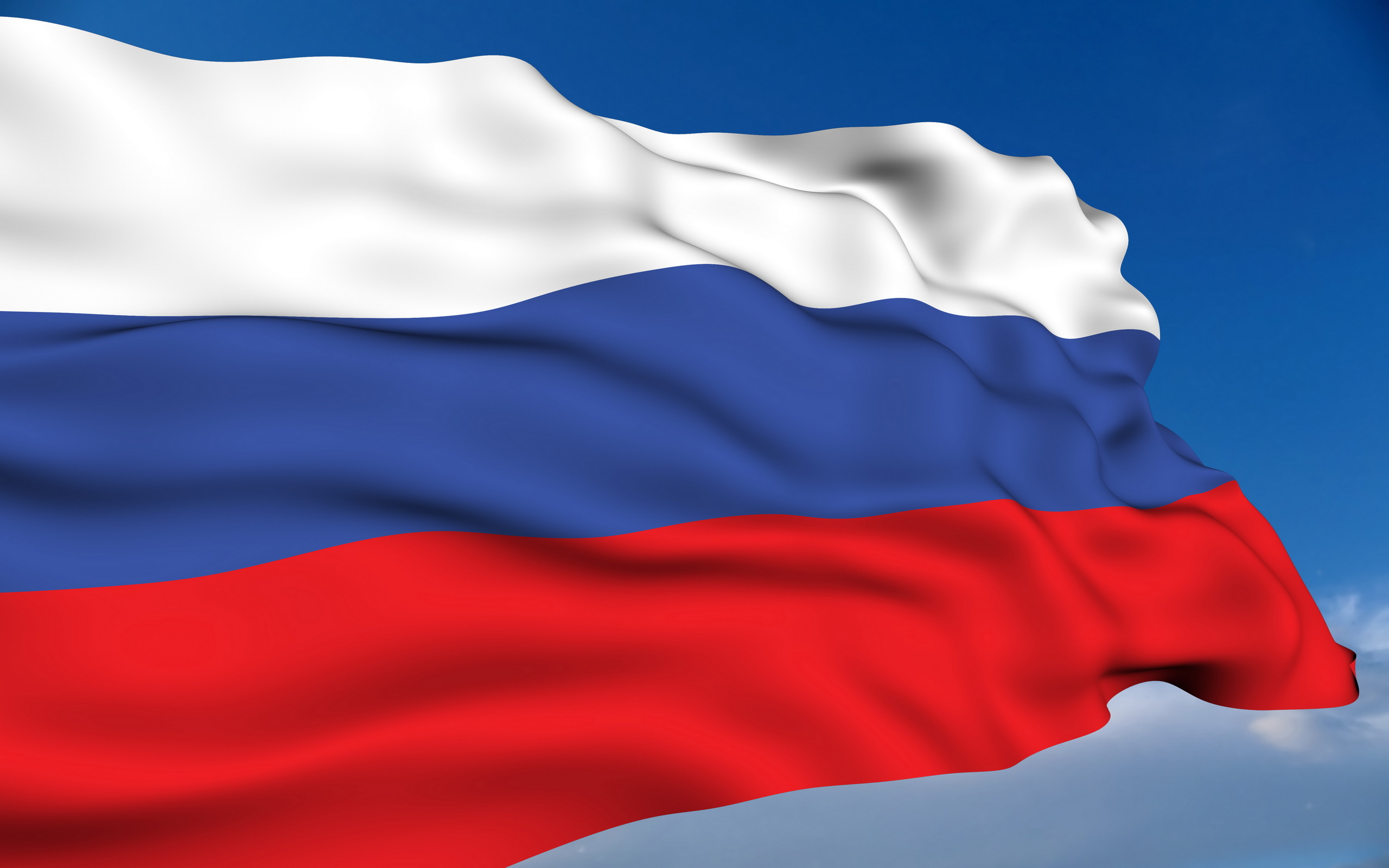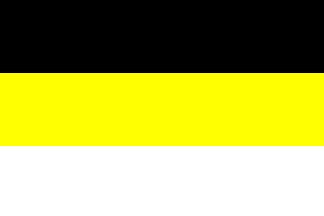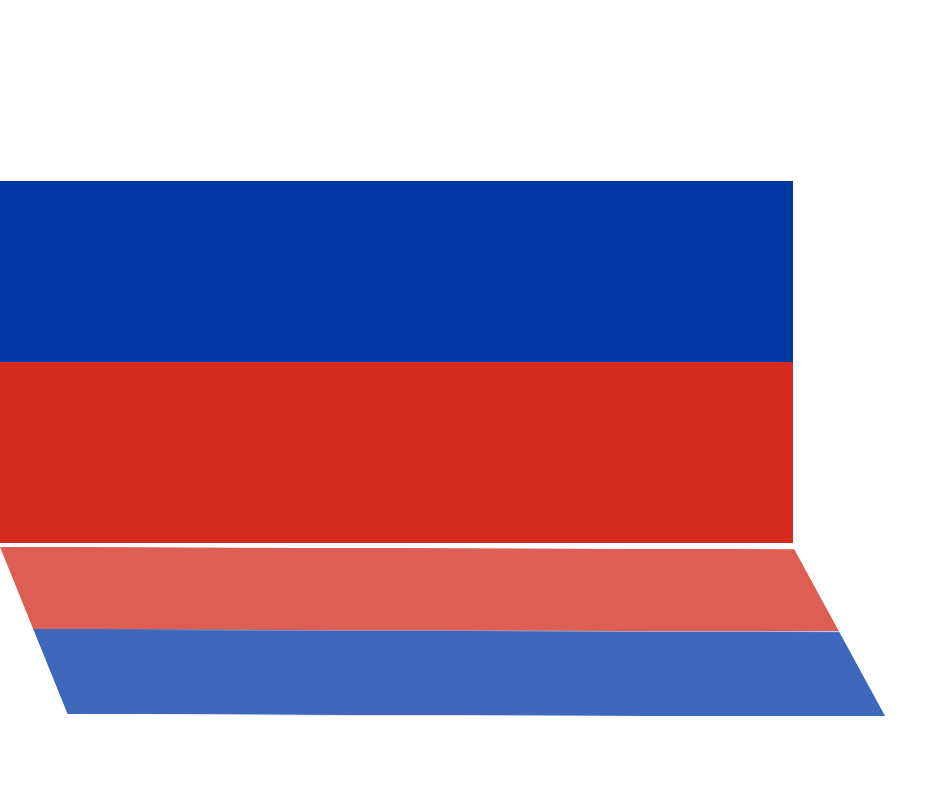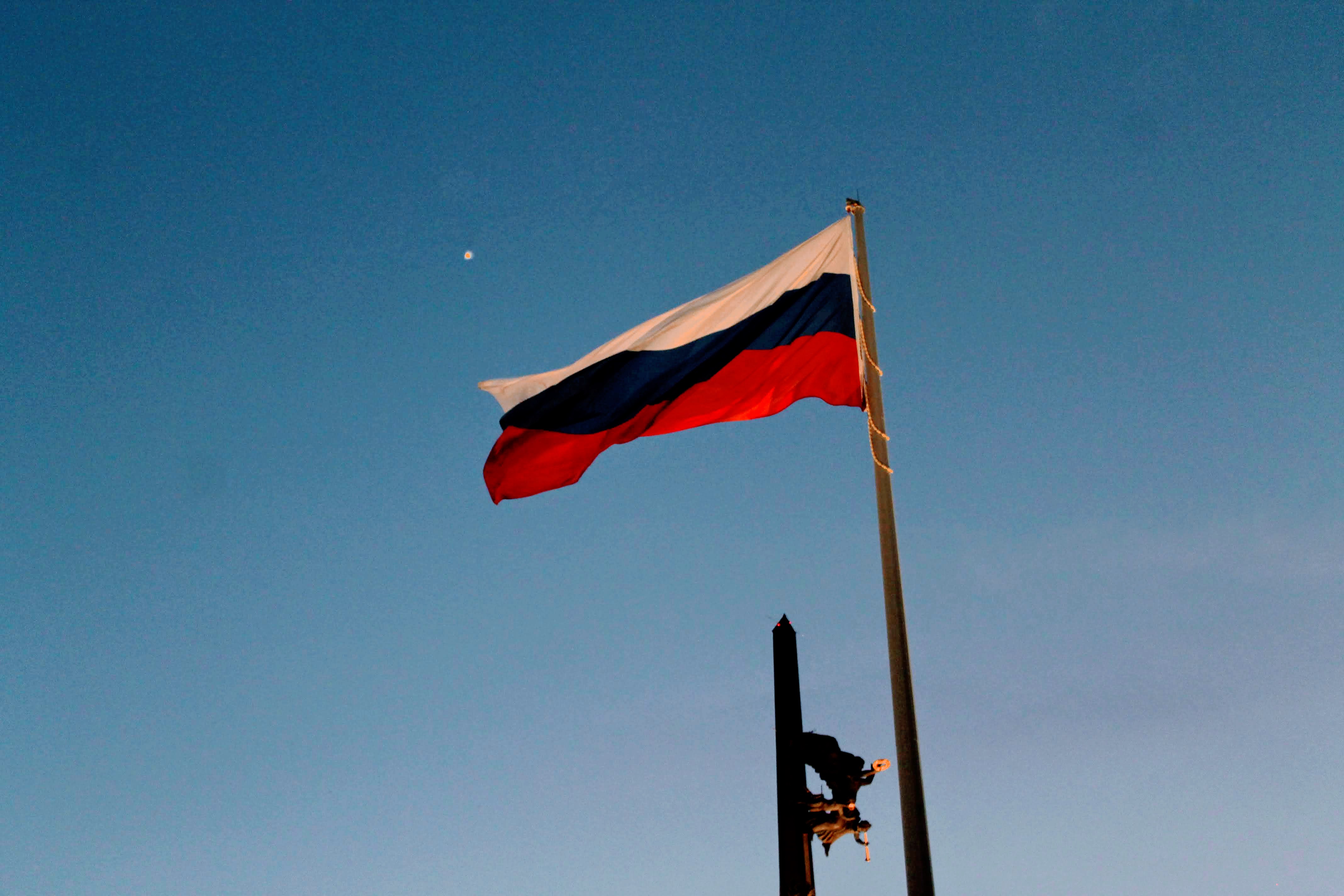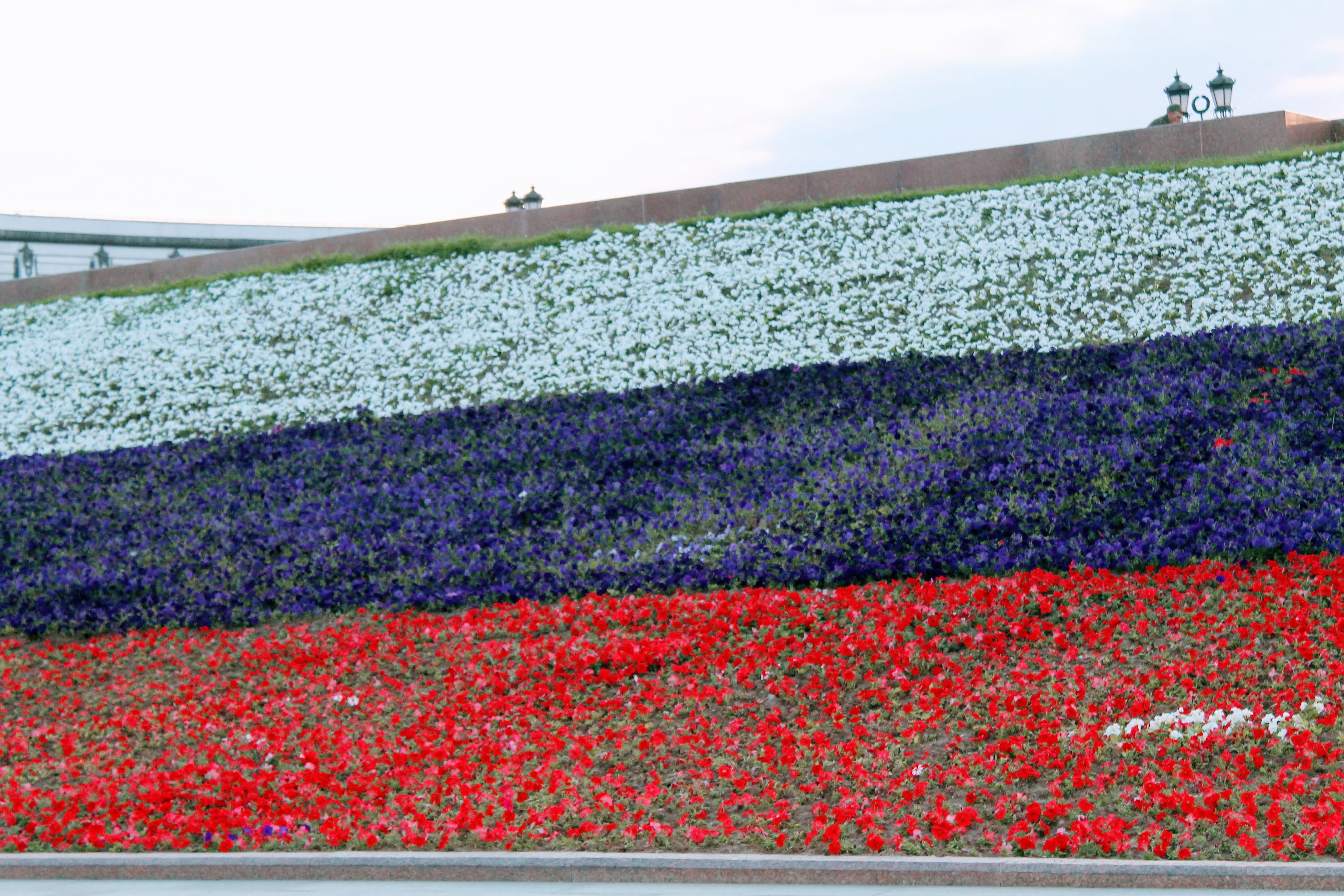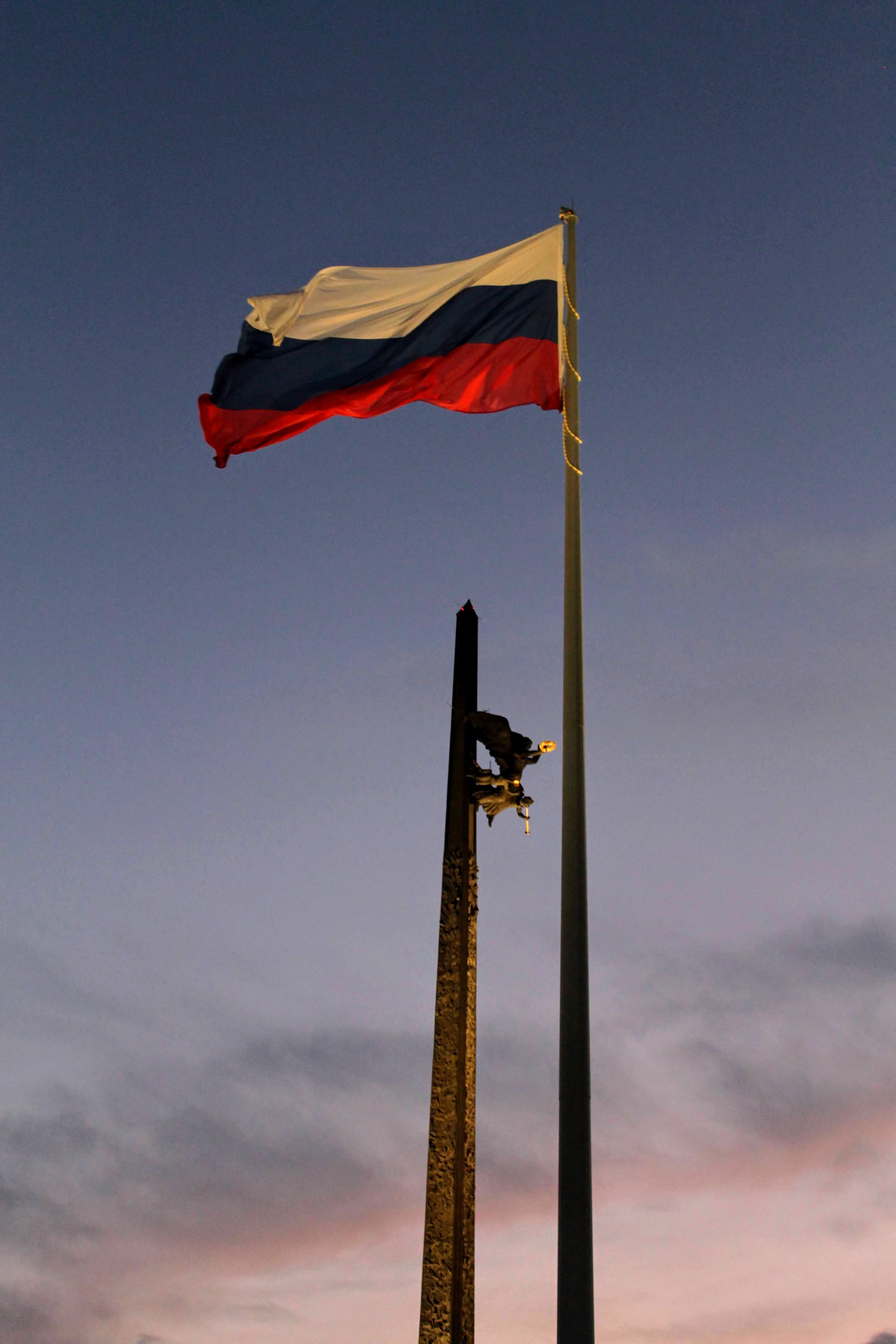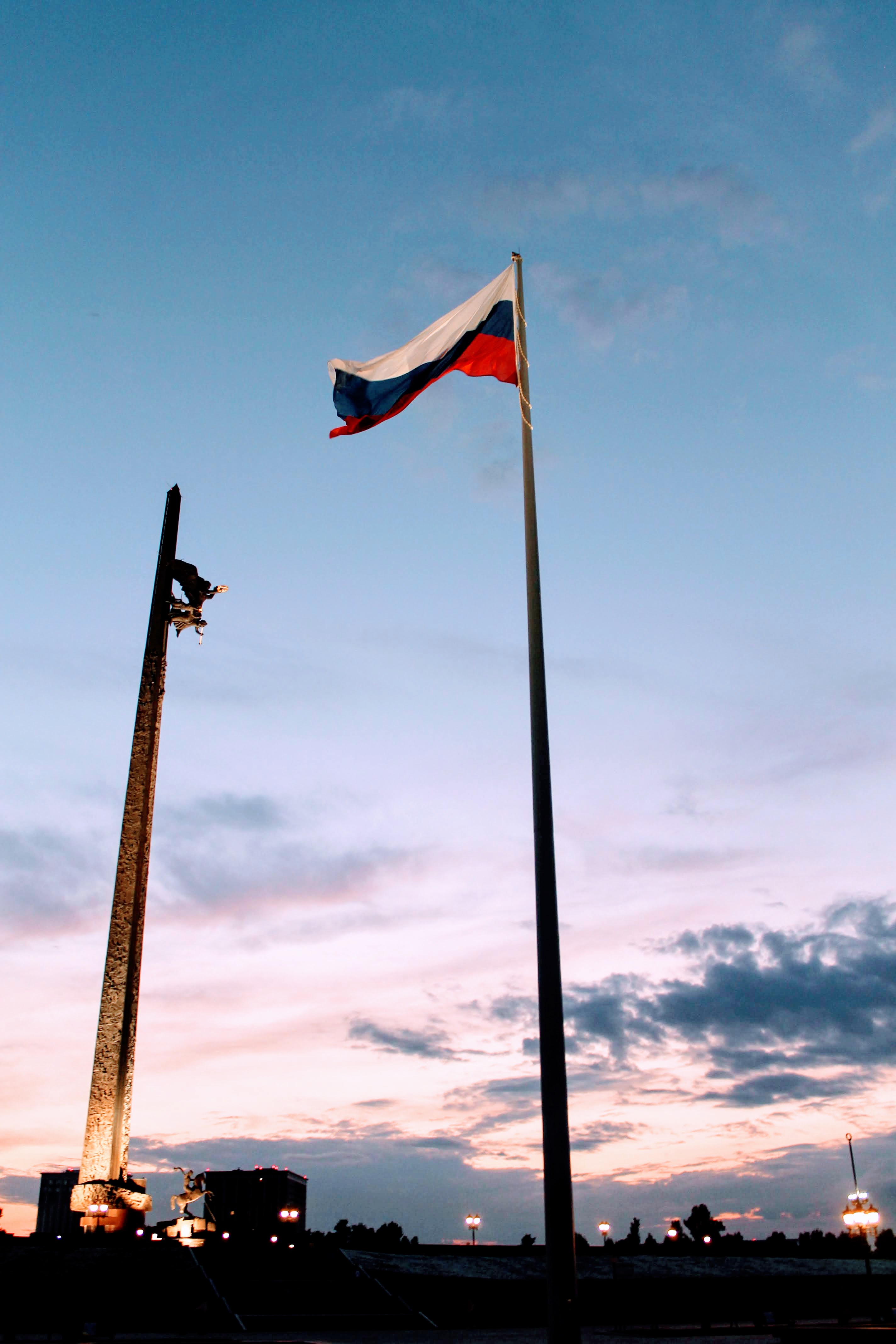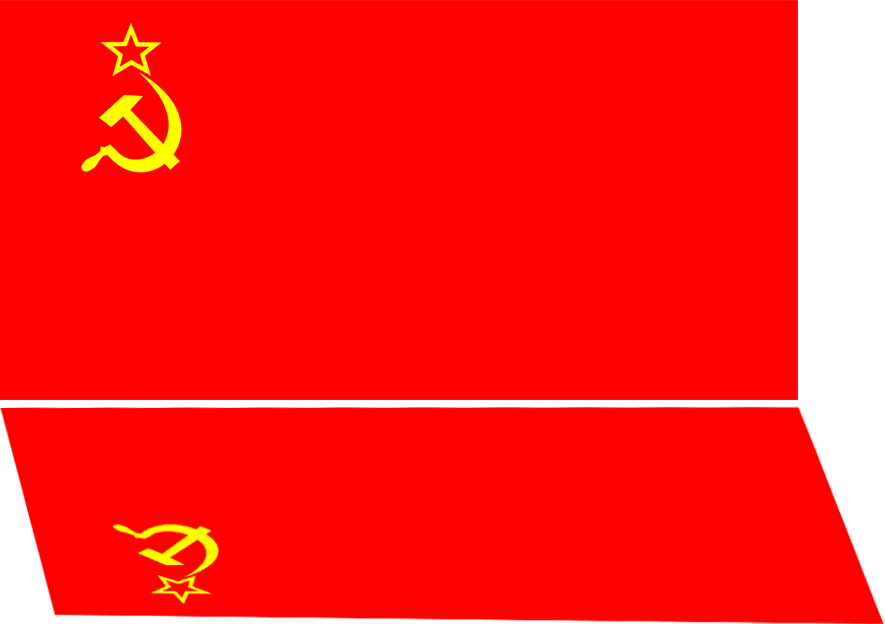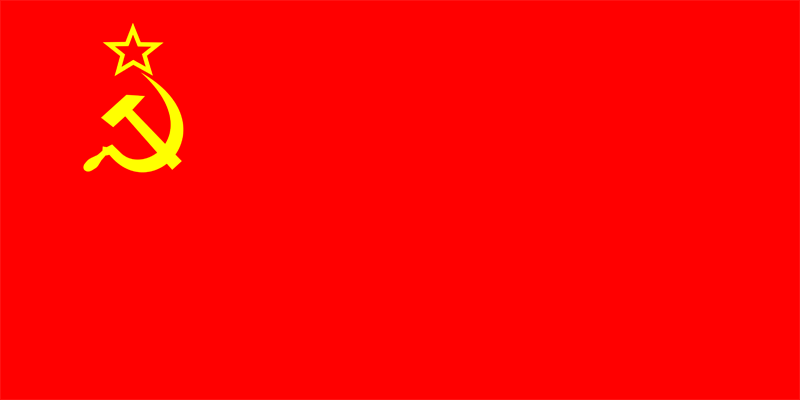History, Images and Meaning of Russian and USSR Flags
History of the Russian Flag
The flag of Russia is an official state symbol of the Russian Federation, along with the Coat of Arms and the Russian National Anthem.
Fighting banners and flags appeared in Russia a long time ago. The first national flag of the Russian state was the emblem of the Banner of Tsar Alexei Mikhailovich in 1668. It was a huge white banner with a blood-red border and a two-headed eagle. In the center, around the eagle were the coats of arms of the following regions: Moscow, Kiev, Novgorod, Vladimir, Astrakhan, and Siberia. This was a personal flag of Alexei Mikhailovich, and in those days, the concepts of tsar and state were inseparable.
At the end of 1660, the first fleet was created in Russia - the Volga-Caspian fleet. In 1668, its flagship called the Eagle was decorated with a white-blue-red banner with an eagle sewn on it. Since ancient times, Slavic peoples have mainly used red, white, blue, and green colors for their banners.
Meaning of the Russian triband flag
The coloring of the first Russian flag was symbolic, with RED representing courage and the battle for faith in mortal combat, BLUE representing fidelity and faith inspired by the Mother of God, and WHITE representing the Tsar, the Fatherland, and the nobility.
The first appearance of a Russian state flag
The tricolor flag became the flag of the merchant fleet in 1705. January 20th of that year is considered as the official birthday of the Russian flag. However, modern Russian history books state that the official birthday of the Russian flag is celebrated on August 22nd. The holiday celebrating the flag of the Russian Federation is called National Flag Day, and it was established in 1994.
The first official state flag of the Russian Empire
On June 11, 1858, Emperor Alexander II approved the first official state flag of the Russian Empire, which was a black-yellow-white flag.
Where did these colors come from?
The black and yellow stripes corresponded to the black two-headed Eagle and the yellow field of the state emblem, while the white was associated with the cockade of Peter I and the white horseman St. George, who was the patron of both the Tsars of Moscow and the city of Moscow. However, this flag did not last long, as Emperor Alexander III ordered a white-blue-red flag to be hung out during solemn occasions on May 7, 1883.
Return of White-Blue-Red Flag
On April 5, 1896, a special meeting decided to make the tricolor flag the national and state flag of the Russian Empire. The colors were explained as follows: red corresponded to Great Russians, blue to Little Russians, and white to Belarusians.
The tricolor flag survived both the February and October Revolutions. On April 8, 1991, a government commission approved the return of the triband flag. Finally, on August 21, 1991, the Supreme Soviet of the RSFSR recognized the white-blue-red flag as the official flag of the Russian Federation.
Soviet Union Flag
A lot of people still refer USSR flag as an Old Russian flag. On April 8, 1918, the new national flag of the RSFSR was declared as a red banner. In the new Socialist country, all the Soviet Union Republics received almost identical red flags. The only difference was the written full or abbreviated name of a republic.
On December 1923, the Union of Soviet Socialist Republics was created and in 1924 the USSR Constitution approved the official flag of the USSR with a red banner; it also had an emblem with a sickle and hammer and a five-pointed star.

